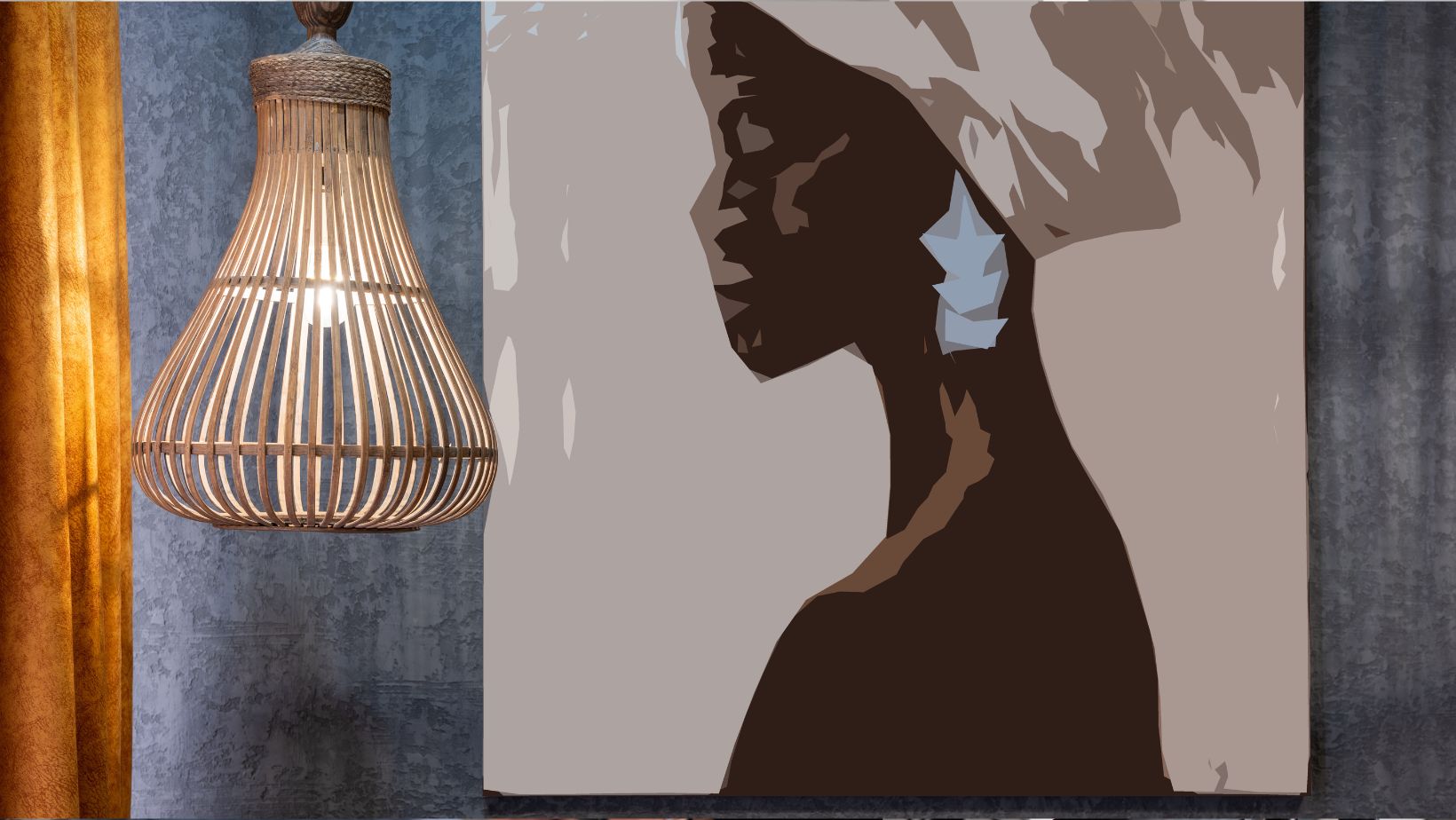To maintain their appearance and condition, artworks require attention. Paintings, sculptures, works on paper, and photographic prints require specific handling and display. Prized items last by using best practices in routine care, maintenance, and protection. Long-term stability depends on this. Professional conservation is necessary to preserve these priceless cultural treasures as their numbers decline drastically. Preserving an artistic legacy depends on understanding these ideas. Every true collector must do this.
Proper Handling and Storage
Careful handling and storage help to preserve structural and surface integrity. Nitrile gloves are usually preferable, particularly for handling metals or pictures; ensure hands are clean, dry, and lotion-free. During movement, support the item adequately from its base or strongest areas; never raise a painting by the frame top or a sculpture by a weak place. Storage under climate control is necessary. Wrap with only archival-quality, acid-free materials such as unbuffered tissue or polyethylene sheets. Steer clear of acidic substances such as cardboard. Exposure to light, especially UV, causes cumulative, permanent damage such as fading and embrittlement. Reduce display light levels and keep the work in the dark when feasible. Careful attention maintains material quality, ensuring the longevity of diverse artworks, from general paintings to specific, often intricate creations like Avi Nadav – Judaica art.
Regular Cleaning and Maintenance
Routine upkeep is fundamental for appearance and preservation. Airborne dust and grime accumulate, potentially becoming ingrained or causing surface reactions. Gentle dusting is key. Use a soft, natural-bristle brush, directing dust toward a low-suction vacuum nozzle held slightly away. Never use commercial cleaning sprays or solvents. Avoid feather dusters; they can snag. For works behind glazing, clean the glass or acrylic carefully with appropriate cleaners, preventing liquid seepage under the frame edge, which could damage the artwork or mount. Periodic condition checks are vital. Look closely for changes like craquelure, lifting media, mold, or insect activity. Catching problems early prevents escalation.
Protection from Environmental Factors
Long-term preservation depends on environmental control. Temperature and relative humidity cause wood, canvas, and paper to expand and shrink, hence stressing and harming them. Pollutants hasten deterioration.

Establish a steady microclimate. Although ideal circumstances are 65-70°F (18-21°C) and 45-55% RH, consistency is most vital. Use UV-filtering glazing or window films to lower light damage. For delicate media like watercolors, keep the display lighting low. Avoid direct heat by using track lighting wisely. Filtration of air helps lower dangerous contaminants. Art should not be positioned close to damp walls, radiators, HVAC vents, or kitchens or bathrooms. There are significant dangers.
Professional Conservation and Restoration Services
Sometimes, damage or inherent vice requires more than routine care. Engaging accredited professional conservators is essential for significant condition problems. Trained conservators possess profound knowledge of materials science, art history, and ethics, using specialized diagnostic tools and treatments. They address issues like discolored varnishes, tears, detached fragments, or structural instability. Ethical conservation prioritizes minimal intervention, reversibility, and documentation. The goal is stabilization and preserving original intent, not just cosmetic improvement. Regular consultations also provide invaluable preventative advice tailored to specific objects while safeguarding investments and cultural value.
Conclusion
Meticulous handling, proper storage, and regular maintenance are essential for preserving artworks. Careful physical management and the preservation of archival materials matter greatly. Controlling environmental parameters—light, temperature, humidity, and pollutants—mitigates major risks, extending the life of art objects. Routine cleaning and regular condition assessments help preserve the property. When complex issues arise, the specialized knowledge of professional conservators provides necessary expertise for stabilization and ethical treatment. Commitment to these strategies allows collections to endure, enriching future generations.
